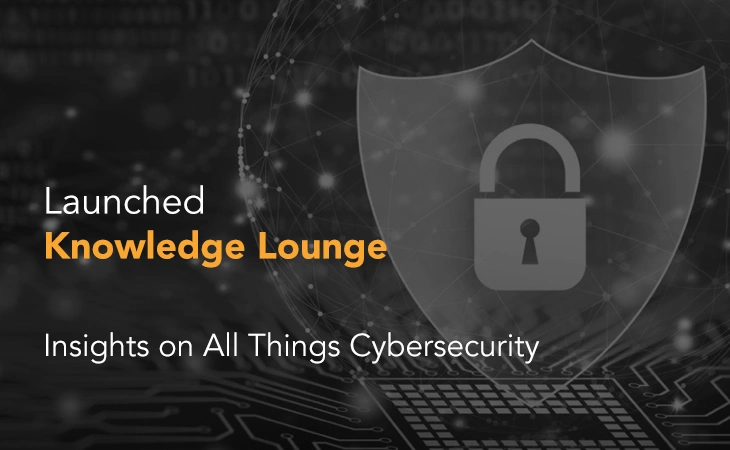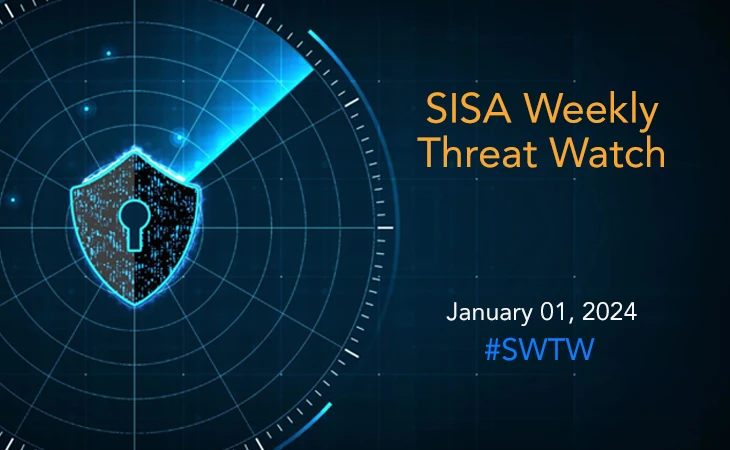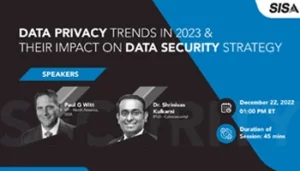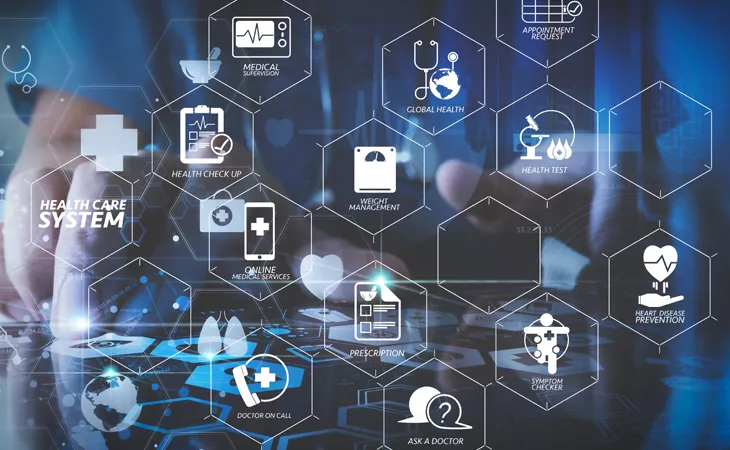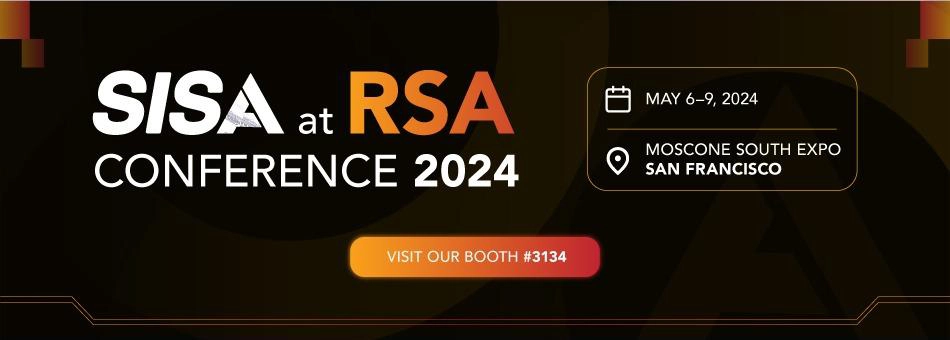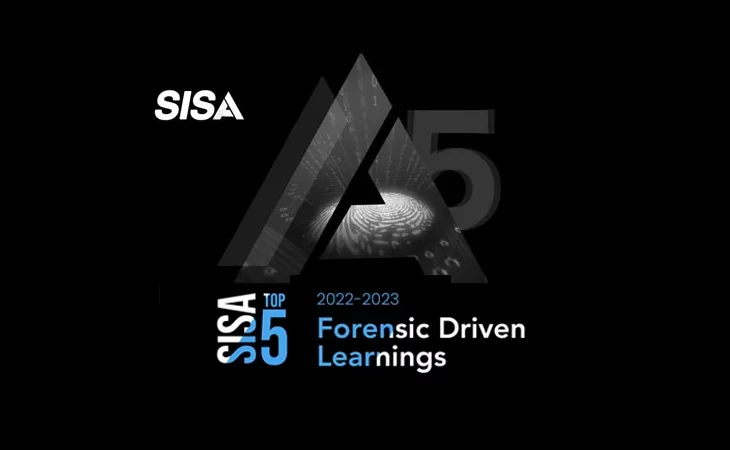Exclusive Insights
- The Critical Role of Managed Compliance in the Evolving Digital Payments Landscape
- The Rise of AI: A New Era in Cybersecurity Resilience
- Redefining Cybersecurity in a Fragmented Landscape: The Case for MXDR
- Cybersecurity Predictions and Trends for 2024
- Securing Tomorrow: Asia’s Digital Payment Transformation and the Road to 2024
- An American healthcare MNC strengthened its data security policy by integrating SISA Radar with DLP solutions
- SISA’s forensics-driven MDR solution helps Club Prophet improve monitoring of workloads on Google Cloud Platform
- SISA ProACT’s cloud-based MDR solution helps neobank improve real-time threat detection and response
- SISA helps a global cloud-based solutions provider mitigate IoT device vulnerabilities
Knowledge Lounge » Next-gen MDR: The answer to evolving cyber threats
Next-gen MDR: The Answer to Evolving Cyber Threats
Share on

As we continue to operate in a VUCA (volatile, uncertain, complex and ambiguous) world with constantly expanding digital ecosystems, it is becoming increasingly difficult to keep pace and defend against the sheer volume of cyber threats. In such a fast-paced and ever-evolving threat landscape, traditional Security Operations Centers (SOCs) may no longer be sufficient to keep up with the advanced threat actors. Therefore, it is essential to consider upgrading to a next-generation Managed Detection and Response (MDR) solution.
Some of the advantages of a next-gen MDR solution over traditional SOC are:
Opex model and lower TCO
One of the primary reasons for moving to MDR is the shift from a Capex to an Opex model. Traditional SOCs typically require a significant upfront investment in hardware, software, and personnel. This can lead to financial challenges and inflexibility when scaling up or down the security infrastructure. With MDR, organizations can pay on a subscription-based model, allowing them to pay for what they use, when they use it, and reducing the total cost of ownership (TCO). In addition, next-gen MDR solution offers organizations unlimited Incident Response support with DFIR professionals already embedded on their team.
Ready access to skilled resources
Another challenge that many organizations face is the skill deficit in the cybersecurity industry. The shortage of skilled professionals is hurting organizations, and many SOCs are struggling to manage the workload, leading to alert fatigue. MDR providers, on the other hand, have the necessary expertise, tools, and resources to for advanced threat hunting. They employ machine learning and artificial intelligence (AI) technologies to reduce false positives and prioritize threats, enabling analysts to focus on high-priority incidents. With an outsourced MDR service, organizations can get ready access to a team of cybersecurity experts with 24/7 threat monitoring and detection as well as real-time incident response service, without having to build highly complex in-house operations.
Advanced technology for proactive threat detection
As cyberattacks become more complex and adversaries turn to weaponize emerging technologies in their tradecraft, traditional SOCs may not always be able to keep up with the emerging threats. MDR providers leverage the latest security technologies and intelligence to stay ahead of the curve, providing proactive threat detection and response. Through the application of AI and ML, MDR providers can help improve incident prioritization, threat detection, and risk scoring while lowering the mean time to respond (MTTR). Further, a next-gen MDR solution integrated with a knowledge base of adversary tactics and techniques such as the MITRE ATT&CK framework, enables enterprise security teams gain a comprehensive understanding of attackers’ tactics, techniques, and procedures (TTPs), which can improve their cyber readiness and maturity.
Faster deployment
MDR solutions can also be onboarded in a few weeks, while traditional SOCs may take months or years to set up. This is because MDR providers leverage cloud-based platforms that can be easily integrated with existing security tools, such as Endpoint Detection and Response (EDR), Data Loss Prevention (DLP), Cloud Security Posture Management (CSPM), and Cloud Access Security Broker (CASB) solutions. This allows organizations to get up and running quickly, reducing downtime and improving the time to value.
Easy integration with SOAR platforms and security tools
Another key benefit of MDR is the integration with Security Orchestration, Automation, and Response (SOAR) platforms. SOAR automates repetitive security tasks and workflows, improving operational efficiency and reducing response time. MDR providers use SOAR to orchestrate and automate threat detection and response, integrating multiple security tools, such as EDR, DLP, CSPM, and CASB, and moving towards the next-gen concept of Managed XDR (MXDR). This provides a holistic and proactive approach to threat management, enabling organizations to respond quickly and effectively to emerging threats.
A next-gen MDR solution forms the cornerstone of an effective enterprise-wide cybersecurity program and calls for the right fusion of people, processes, and technologies. It helps reduce the complexity of implementation, deployment, and maintenance with components increasingly deployed on the cloud. MDR manages threats across the network, endpoint, cloud, servers, and applications and can be tailored to a specific customer’s environment which is critical for organizations looking to eliminate any blind spots and avert cyberattacks.
Exclusive Insights
- The Critical Role of Managed Compliance in the Evolving Digital Payments Landscape
- The Rise of AI: A New Era in Cybersecurity Resilience
- Redefining Cybersecurity in a Fragmented Landscape: The Case for MXDR
- Cybersecurity Predictions and Trends for 2024
- Securing Tomorrow: Asia’s Digital Payment Transformation and the Road to 2024
- An American healthcare MNC strengthened its data security policy by integrating SISA Radar with DLP solutions
- SISA’s forensics-driven MDR solution helps Club Prophet improve monitoring of workloads on Google Cloud Platform
- SISA ProACT’s cloud-based MDR solution helps neobank improve real-time threat detection and response
- SISA helps a global cloud-based solutions provider mitigate IoT device vulnerabilities
 USA
USA India
India APAC
APAC Middle East
Middle East Rest of the Countries
Rest of the Countries

 Facebook
Facebook Linkedin
Linkedin  Youtube
Youtube
